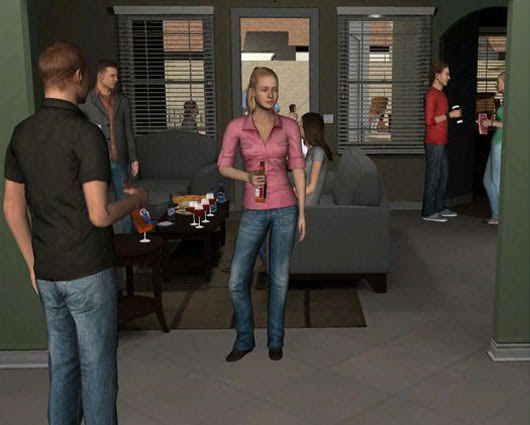Scientists are using "cue reactivity" in virtual reality to as a new way to treat addiction. While virtual reality cue reactivity is a new methodology, cue reactivity is not.
For instance, to help arachnophobes, researchers will show them a brown dot, then a fake spider, then a real spider in a jar, then a real spider freely crawling around. The patients slowly acclimate to seeing a spider until they're comfortable.
In this new research, a secondary world is created in virtual reality for better cue reactivity. Patients looking to quit smoking are brought to a virtual context created according to their description of parties or other sites where they usually smoke. According to Dr. Bordnick, a professor and associate dean for research at the University of Houston, who focuses on addiction and virtual reality: "If I wanted to teach you to ride a bike, I could show you a video of a bike." That could work, "but wouldn't it be better if I could actually get you on a real bike?". The VR mimics the effects of a real environment.
For the VR therapy group, "[s]moking rates and craving for nicotine were significantly lower." However, there are still concerns. What if these cured drug addicts crave virtual reality afterwards?
Story via Popular Science.

Share your thoughts and join the technology debate!
Be the first to comment